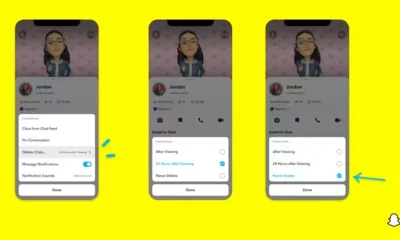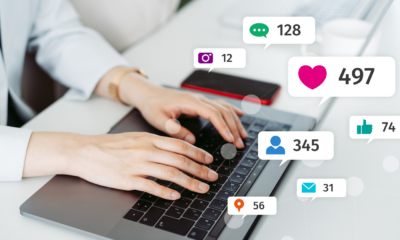Trump’s new lawsuits against social media companies are going nowhere fast
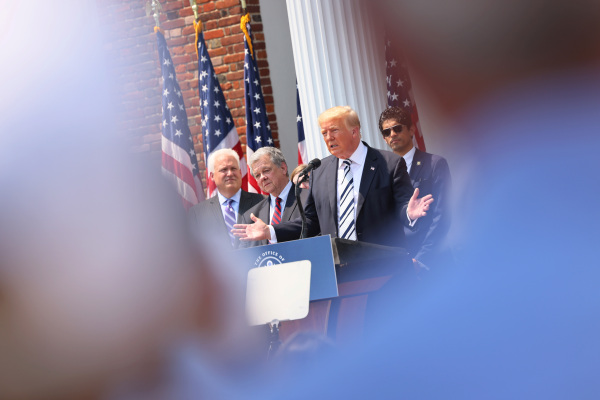
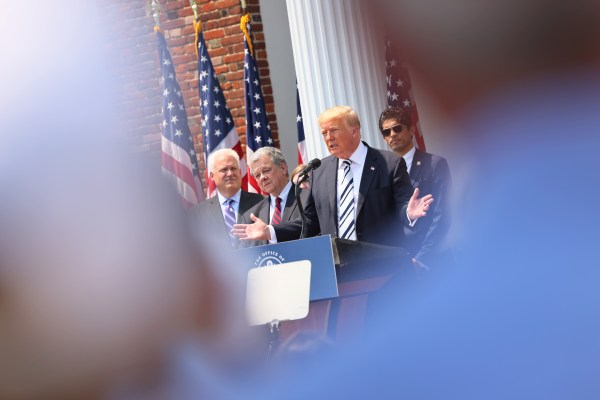
Trump’s spicy trio of lawsuits against the social media platforms that he believes wrongfully banned him have succeeded in showering the former president with a flurry of media attention, but that’s likely where the story ends.
Like Trump’s quixotic and ultimately empty quest to gut Section 230 of the Communications Decency Act during his presidency, the new lawsuits are all sound and fury with little legal substance to back them up.
The suits allege that Twitter, Facebook and YouTube violated Trump’s First Amendment rights by booting him from their platforms, but the First Amendment is intended to protect citizens from censorship by the government — not private industry. The irony that Trump himself was the uppermost figure in the federal government at the time probably won’t be lost on whoever’s lap this case lands in.
In the lawsuits, which also name Twitter and Facebook chief executives Jack Dorsey and Mark Zuckerberg as well as Google CEO Sundar Pichai (Susan Wojcicki escapes notice once again!), Trump accuses the three companies of engaging in “impermissible censorship resulting from threatened legislative action, a misguided reliance upon Section 230 of the Communications Decency Act, and willful participation in joint activity with federal actors.”
The suit claims that the tech companies colluded with “Democrat lawmakers,” the CDC and Dr. Anthony Fauci, who served in Trump’s own government at the time.
The crux of the argument is that communication between the tech companies, members of Congress and the federal government somehow transforms Facebook, Twitter and YouTube into “state actors” — a leap of epic proportions:
Defendant Twitter’s status thus rises beyond that of a private company to that of a state actor, and as such, Defendant is constrained by the First Amendment right to free speech in the censorship decisions it makes.
Trump’s own Supreme Court appointee Brett Kavanaugh issued the court’s opinion on a relevant case two years ago. It examined whether a nonprofit running public access television channels in New York qualified as a “state actor” that would be subject to First Amendment constraints. The court ruled that running the public access channels didn’t transform the nonprofit into a government entity and that it retained a private entity’s rights to make editorial decisions.
” … A private entity … who opens its property for speech by others is not transformed by that fact alone into a state actor,” Justice Kavanaugh wrote in the decision.
It’s not likely that a court would decide that talking to the government or being threatened by the government somehow transform Twitter, YouTube and Facebook into state actors either.
Trump vs. Section 230 (again)
First Amendment aside — and there’s really not much of an argument there — social media platforms are protected by Section 230 of the Communications Decency Act, a concise snippet of law that shields them from liability not just for the user-generated content they host but for the moderation decisions they make about what content to remove.
In line with Trump’s obsessive disdain for tech’s legal shield, the lawsuits repeatedly rail against Section 230. The suits try to argue that because Congress threatened to revoke tech’s 230 protections, that forced them to ban Trump, which somehow makes social media companies part of the government and subject to First Amendment constraints.
Of course, Republican lawmakers and Trump’s own administration made frequent threats about repealing Section 230, not that it changes anything because this line of argument doesn’t make much sense anyway.
The suit also argues that Congress crafted Section 230 to intentionally censor speech that is otherwise protected by the First Amendment, ignoring that the law was born in 1996, well before ubiquitous social media, and for other purposes altogether.
For the four years of his presidency, Trump’s social media activity — his tweets in particular — informed the events of the day, both nationally and globally. While other world leaders and political figures used social media to communicate or promote their actions, Trump’s Twitter account was usually the action itself.
In the shadow of his social media bans, the former president has failed to reestablish lines of communication to the internet at large. In May, he launched a new blog, “From the Desk of Donald J. Trump,” but the site was taken down just a month later after it failed to attract much interest.
The handful of pro-Trump alternative social platforms are still struggling with app store content moderation requirements at odds with their extreme views on free speech, but that didn’t stop Gettr, the latest, from going ahead with its own rocky launch last week.
Viewed in one light, Trump’s lawsuits are a platform too, his latest method for broadcasting himself to the online world that his transgressions eventually cut him off from. In that sense, they seem to have succeeded, but in all other senses, they won’t.
AI
Exploring the Evolution of Language Translation: A Comparative Analysis of AI Chatbots and Google Translate
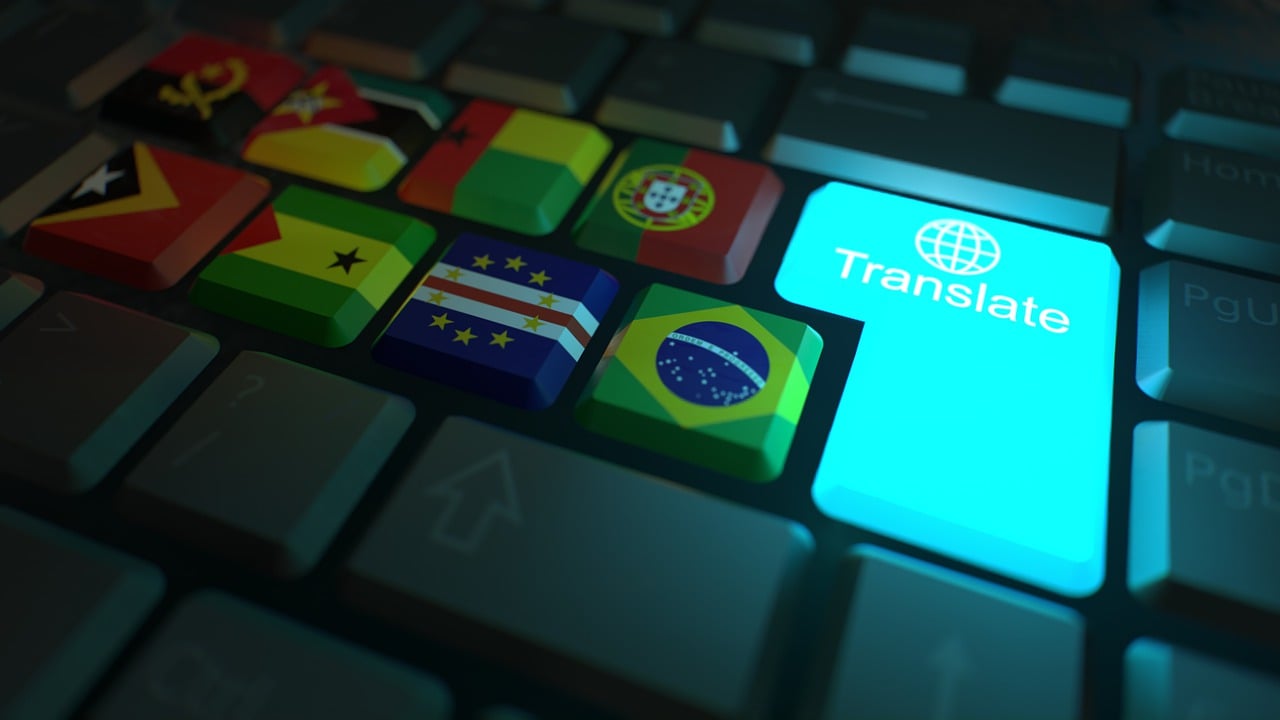
According to an article on PCMag, while Google Translate makes translating sentences into over 100 languages easy, regular users acknowledge that there’s still room for improvement.
In theory, large language models (LLMs) such as ChatGPT are expected to bring about a new era in language translation. These models consume vast amounts of text-based training data and real-time feedback from users worldwide, enabling them to quickly learn to generate coherent, human-like sentences in a wide range of languages.
However, despite the anticipation that ChatGPT would revolutionize translation, previous experiences have shown that such expectations are often inaccurate, posing challenges for translation accuracy. To put these claims to the test, PCMag conducted a blind test, asking fluent speakers of eight non-English languages to evaluate the translation results from various AI services.
The test compared ChatGPT (both the free and paid versions) to Google Translate, as well as to other competing chatbots such as Microsoft Copilot and Google Gemini. The evaluation involved comparing the translation quality for two test paragraphs across different languages, including Polish, French, Korean, Spanish, Arabic, Tagalog, and Amharic.
In the first test conducted in June 2023, participants consistently favored AI chatbots over Google Translate. ChatGPT, Google Bard (now Gemini), and Microsoft Bing outperformed Google Translate, with ChatGPT receiving the highest praise. ChatGPT demonstrated superior performance in converting colloquialisms, while Google Translate often provided literal translations that lacked cultural nuance.
For instance, ChatGPT accurately translated colloquial expressions like “blow off steam,” whereas Google Translate produced more literal translations that failed to resonate across cultures. Participants appreciated ChatGPT’s ability to maintain consistent levels of formality and its consideration of gender options in translations.
The success of AI chatbots like ChatGPT can be attributed to reinforcement learning with human feedback (RLHF), which allows these models to learn from human preferences and produce culturally appropriate translations, particularly for non-native speakers. However, it’s essential to note that while AI chatbots outperformed Google Translate, they still had limitations and occasional inaccuracies.
In a subsequent test, PCMag evaluated different versions of ChatGPT, including the free and paid versions, as well as language-specific AI agents from OpenAI’s GPTStore. The paid version of ChatGPT, known as ChatGPT Plus, consistently delivered the best translations across various languages. However, Google Translate also showed improvement, performing surprisingly well compared to previous tests.
Overall, while ChatGPT Plus emerged as the preferred choice for translation, Google Translate demonstrated notable improvement, challenging the notion that AI chatbots are always superior to traditional translation tools.
Source: https://www.pcmag.com/articles/google-translate-vs-chatgpt-which-is-the-best-language-translator
Google Implements Stricter Guidelines for Mass Email Senders to Gmail Users
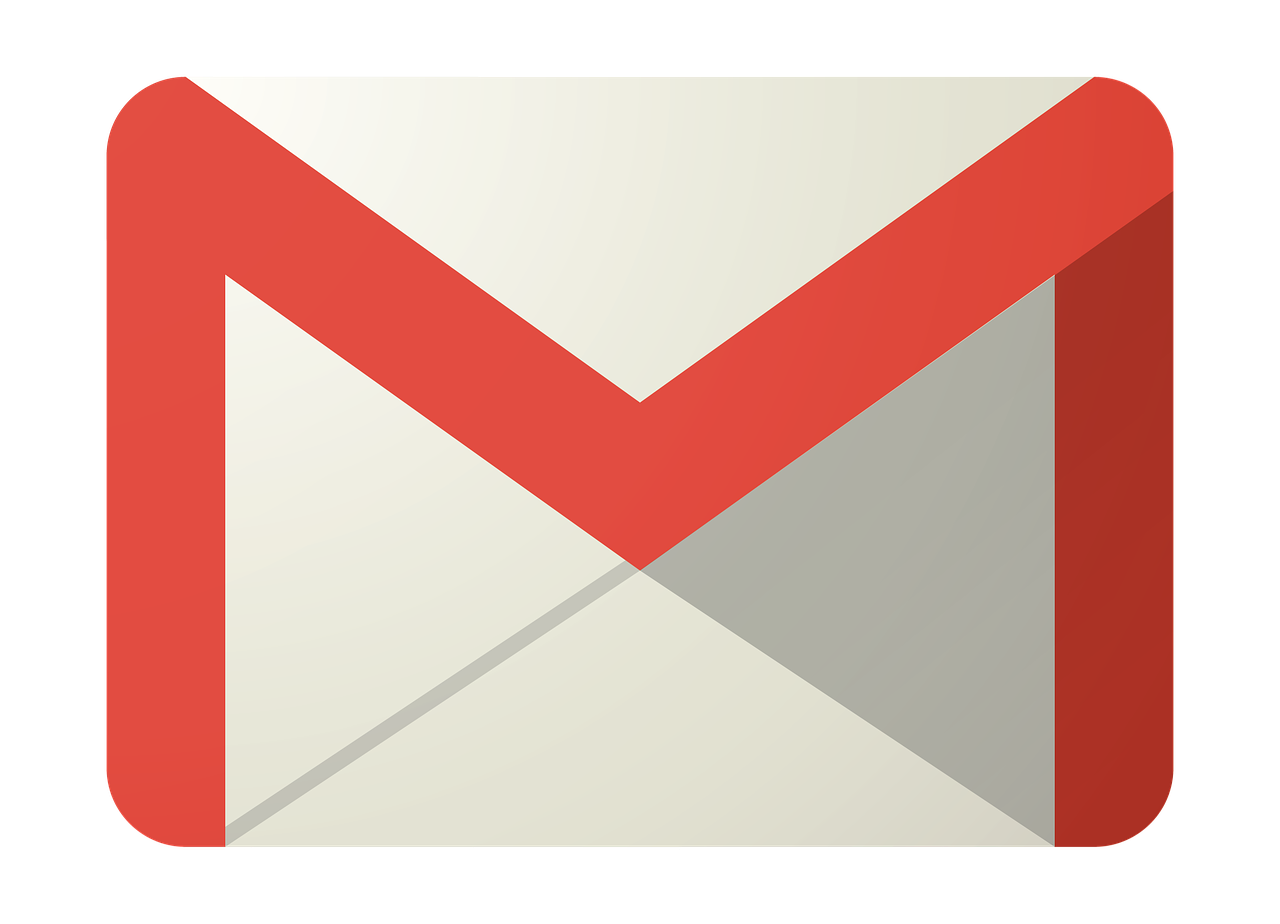
Beginning in April, Gmail senders bombarding users with unwanted mass emails will encounter a surge in message rejections unless they comply with the freshly minted Gmail email sender protocols, Google cautions.
Fresh Guidelines for Dispatching Mass Emails to Gmail Inboxes In an elucidative piece featured on Forbes, it was highlighted that novel regulations are being ushered in to shield Gmail users from the deluge of unsolicited mass emails. Initially, there were reports surfacing about certain marketers receiving error notifications pertaining to messages dispatched to Gmail accounts. Nonetheless, a Google representative clarified that these specific errors, denoted as 550-5.7.56, weren’t novel but rather stemmed from existing authentication prerequisites.
Moreover, Google has verified that commencing from April, they will initiate “the rejection of a portion of non-compliant email traffic, progressively escalating the rejection rate over time.” Google elaborates that, for instance, if 75% of the traffic adheres to the new email sender authentication criteria, then a portion of the remaining non-conforming 25% will face rejection. The exact proportion remains undisclosed. Google does assert that the implementation of the new regulations will be executed in a “step-by-step fashion.”
This cautious and methodical strategy seems to have already kicked off, with transient errors affecting a “fraction of their non-compliant email traffic” coming into play this month. Additionally, Google stipulates that bulk senders will be granted until June 1 to integrate “one-click unsubscribe” in all commercial or promotional correspondence.
Exclusively Personal Gmail Accounts Subject to Rejection These alterations exclusively affect bulk emails dispatched to personal Gmail accounts. Entities sending out mass emails, specifically those transmitting a minimum of 5,000 messages daily to Gmail accounts, will be mandated to authenticate outgoing emails and “refrain from dispatching unsolicited emails.” The 5,000 message threshold is tabulated based on emails transmitted from the same principal domain, irrespective of the employment of subdomains. Once the threshold is met, the domain is categorized as a permanent bulk sender.
These guidelines do not extend to communications directed at Google Workspace accounts, although all senders, including those utilizing Google Workspace, are required to adhere to the updated criteria.
Augmented Security and Enhanced Oversight for Gmail Users A Google spokesperson emphasized that these requisites are being rolled out to “fortify sender-side security and augment user control over inbox contents even further.” For the recipient, this translates to heightened trust in the authenticity of the email sender, thus mitigating the risk of falling prey to phishing attempts, a tactic frequently exploited by malevolent entities capitalizing on authentication vulnerabilities. “If anything,” the spokesperson concludes, “meeting these stipulations should facilitate senders in reaching their intended recipients more efficiently, with reduced risks of spoofing and hijacking by malicious actors.”
Google’s Next-Gen AI Chatbot, Gemini, Faces Delays: What to Expect When It Finally Launches
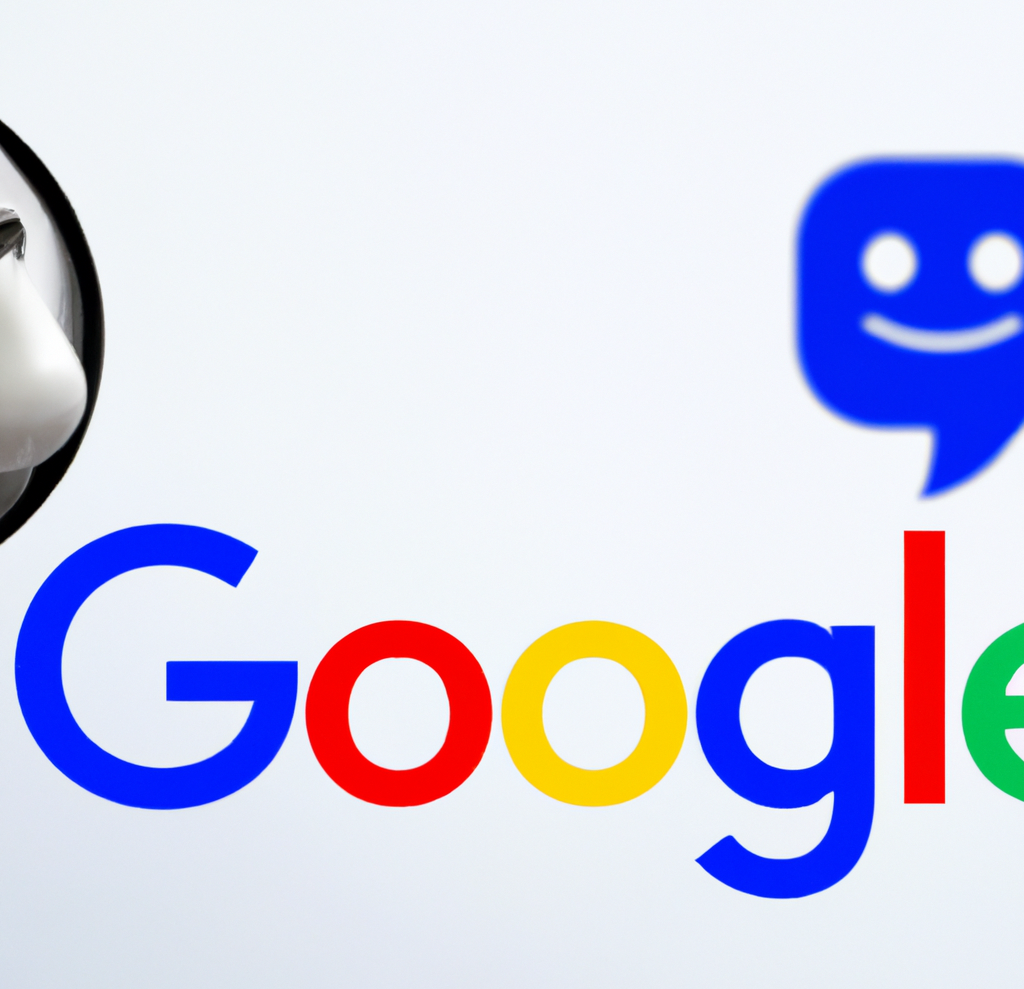
In an unexpected turn of events, Google has chosen to postpone the much-anticipated debut of its revolutionary generative AI model, Gemini. Initially poised to make waves this week, the unveiling has now been rescheduled for early next year, specifically in January.
Gemini is set to redefine the landscape of conversational AI, representing Google’s most potent endeavor in this domain to date. Positioned as a multimodal AI chatbot, Gemini boasts the capability to process diverse data types. This includes a unique proficiency in comprehending and generating text, images, and various content formats, even going so far as to create an entire website based on a combination of sketches and written descriptions.
Originally, Google had planned an elaborate series of launch events spanning California, New York, and Washington. Regrettably, these events have been canceled due to concerns about Gemini’s responsiveness to non-English prompts. According to anonymous sources cited by The Information, Google’s Chief Executive, Sundar Pichai, personally decided to postpone the launch, acknowledging the importance of global support as a key feature of Gemini’s capabilities.
Gemini is expected to surpass the renowned ChatGPT, powered by OpenAI’s GPT-4 model, and preliminary private tests have shown promising results. Fueled by significantly enhanced computing power, Gemini has outperformed GPT-4, particularly in FLOPS (Floating Point Operations Per Second), owing to its access to a multitude of high-end AI accelerators through the Google Cloud platform.
SemiAnalysis, a research firm affiliated with Substack Inc., expressed in an August blog post that Gemini appears poised to “blow OpenAI’s model out of the water.” The extensive compute power at Google’s disposal has evidently contributed to Gemini’s superior performance.
Google’s Vice President and Manager of Bard and Google Assistant, Sissie Hsiao, offered insights into Gemini’s capabilities, citing examples like generating novel images in response to specific requests, such as illustrating the steps to ice a three-layer cake.
While Google’s current generative AI offering, Bard, has showcased noteworthy accomplishments, it has struggled to achieve the same level of consumer awareness as ChatGPT. Gemini, with its unparalleled capabilities, is expected to be a game-changer, demonstrating impressive multimodal functionalities never seen before.
During the initial announcement at Google’s I/O developer conference in May, the company emphasized Gemini’s multimodal prowess and its developer-friendly nature. An application programming interface (API) is under development, allowing developers to seamlessly integrate Gemini into third-party applications.
As the world awaits the delayed unveiling of Gemini, the stakes are high, with Google aiming to revolutionize the AI landscape and solidify its position as a leader in generative artificial intelligence. The postponed launch only adds to the anticipation surrounding Gemini’s eventual debut in the coming year.
-

 PPC7 days ago
PPC7 days agoCompetitor Monitoring: 7 ways to keep watch on the competition
-

 WORDPRESS6 days ago
WORDPRESS6 days agoTurkish startup ikas attracts $20M for its e-commerce platform designed for small businesses
-

 PPC7 days ago
PPC7 days ago31 Ready-to-Go Mother’s Day Messages for Social Media, Email, & More
-

 PPC6 days ago
PPC6 days agoA History of Google AdWords and Google Ads: Revolutionizing Digital Advertising & Marketing Since 2000
-

 SEARCHENGINES7 days ago
SEARCHENGINES7 days agoMore Google March 2024 Core Update Ranking Volatility
-

 MARKETING5 days ago
MARKETING5 days agoRoundel Media Studio: What to Expect From Target’s New Self-Service Platform
-

 SEARCHENGINES6 days ago
SEARCHENGINES6 days agoGoogle Search Results Can Be Harmful & Dangerous In Some Cases
-
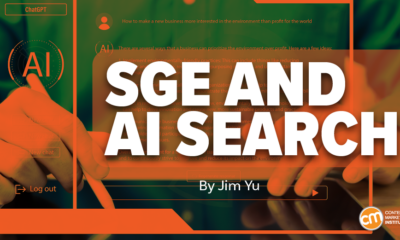
 MARKETING7 days ago
MARKETING7 days agoHow To Adapt Your SEO and Content Strategies for SGE and AI Experiences







